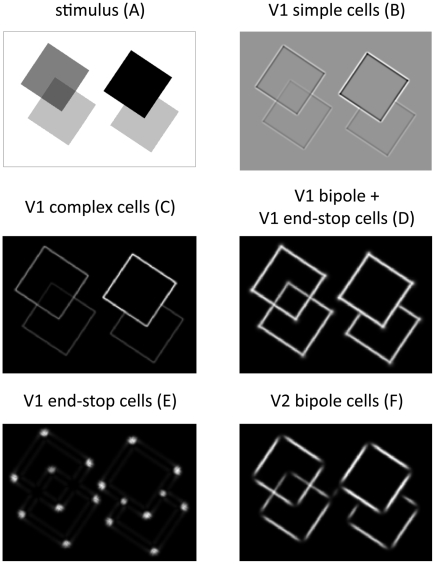Figure 9. Model responses based on artificial input stimulus of overlapping squares.
The stimulus (A) includes two different occlusion conditions: two overlapping opaque surfaces that produce T-junctions and two overlapping transparent surfaces which generate X-junctions. Furthermore, several L-junctions are visible at the corners of the squares. Model activities are summed over the orientation domain for all stages of our model. We show initial V1 simple and complex cell responses (B, C), combined V1 bipole/end-stop cell responses (D), end-stop activity (E), and V2 bipole cell activity (F) after 4 recurrent feedforward-feedback cycles. For clarification, the labels (A)–(F) correspond also to labels (A) – (F) in Figure 3. Note that end-stop cells do not respond to X-junction configurations and that V2 bipole cells do not respond at L-junctions (cp. Table 1). Note also, that responses in (D) – (F) are invariant against image contrast.

